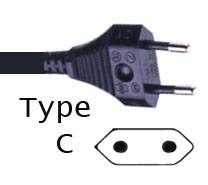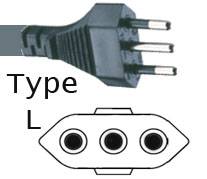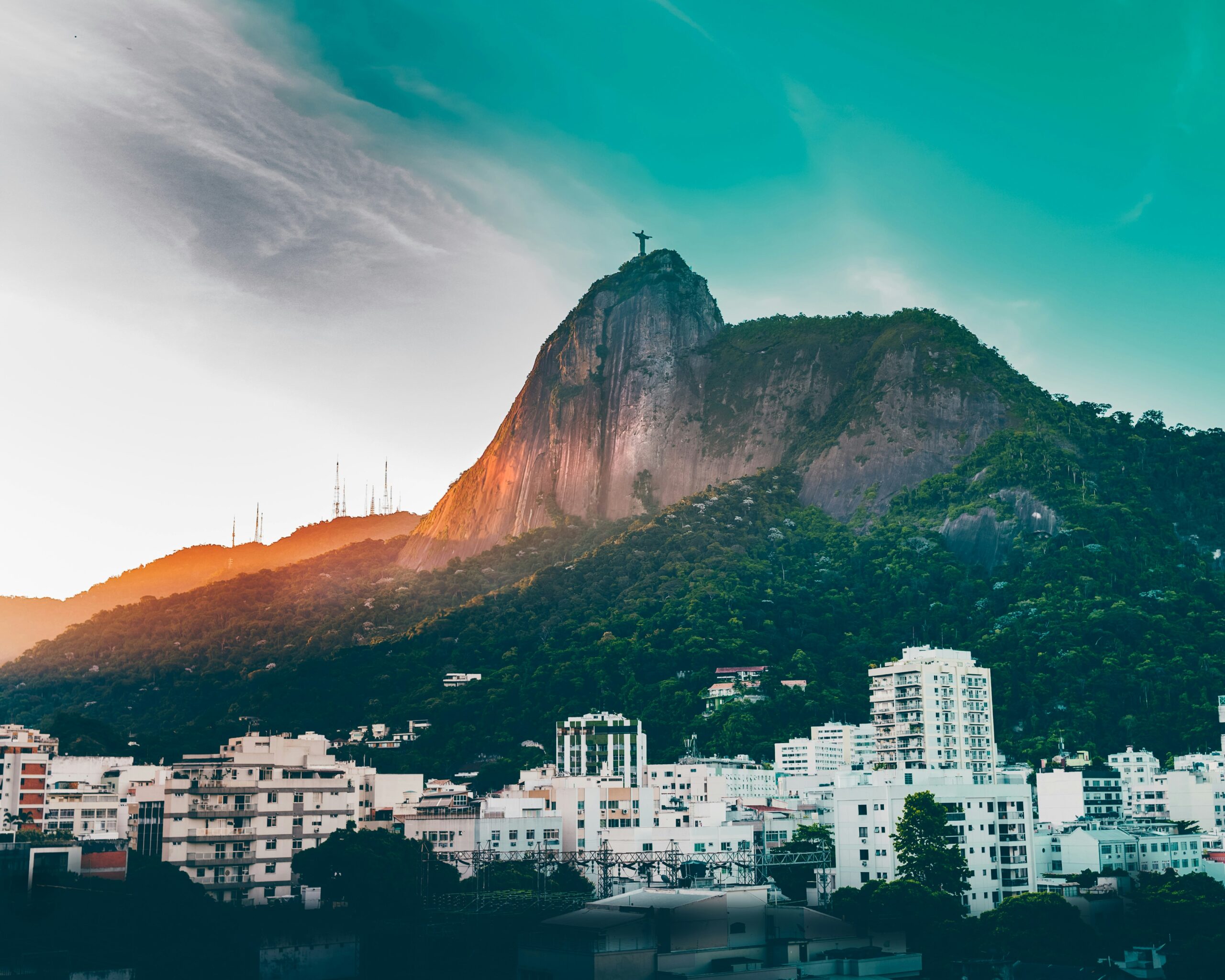Chile, a long and narrow country stretching along the western edge of South America, is a land of breathtaking natural beauty, diverse landscapes, and rich cultural heritage. From the arid Atacama Desert in the north to the rugged fjords of Patagonia in the south, Chile offers travelers a wide range of experiences. Explore the vibrant streets of Santiago, marvel at the towering peaks of the Andes Mountains, or discover the ancient indigenous cultures of the Atacama. With its world-class wine regions, stunning national parks, and warm hospitality, Chile invites visitors to explore its unique blend of urban sophistication and natural wonders.
Ultimate Chile Travel Guide
Destinations
Best time to go
The best time to visit Chile depends on the region and the activities you have planned. Generally, the summer months (December to February) are ideal for visiting coastal areas and exploring Patagonia, while the shoulder seasons of spring (September to November) and fall (March to May) offer mild weather and fewer crowds. Keep in mind that Chile’s climate varies widely depending on the region, so it’s essential to research specific destinations before planning your trip.
Average Temperature By Month
January: 18°C to 29°C (64°F to 84°F)
February: 17°C to 28°C (63°F to 82°F)
March: 15°C to 26°C (59°F to 79°F)
April: 12°C to 22°C (54°F to 72°F)
May: 9°C to 18°C (48°F to 64°F)
June: 6°C to 15°C (43°F to 59°F)
July: 6°C to 15°C (43°F to 59°F)
August: 8°C to 16°C (46°F to 61°F)
September: 10°C to 18°C (50°F to 64°F)
October: 13°C to 21°C (55°F to 70°F)
November: 15°C to 24°C (59°F to 75°F)
December: 17°C to 27°C (63°F to 81°F)
What To Expect
Time Zone:
Chile operates on Chile Standard Time (CLT), which is four hours behind Coordinated Universal Time (UTC-4). However, some regions, such as Easter Island, may have different time zones.
Currency:
The official currency of Chile is the Chilean Peso (CLP). Credit cards are widely accepted in major cities and tourist areas, but it's advisable to carry cash for smaller purchases and when visiting rural areas.
Language:
Spanish is the official language of Chile and is spoken by the majority of the population. English is also spoken, particularly in tourist areas and among those working in the tourism industry, but proficiency may vary.
Airport:
Chile has several major international airports, including Comodoro Arturo Merino Benítez International Airport (SCL) in Santiago, Cerro Moreno International Airport (ANF) in Antofagasta, and Presidente Carlos Ibáñez del Campo International Airport (PUQ) in Punta Arenas. These airports serve as gateways to Chile and offer connections to destinations around the world.
How To Get Around
Public Transportation: Chile’s major cities have comprehensive public transportation systems, including buses, subways, and trams. In Santiago, the metro and buses are the most common modes of transportation. In more rural areas, transportation options may include minibusses and shared taxis.
Rental Cars: Renting a car is a convenient option for exploring Chile independently, especially in rural areas and regions with limited public transportation. Several car rental agencies operate at airports and in major cities.
Domestic Flights: Domestic flights are available between major cities and regional airports. Several airlines operate domestic routes, providing convenient connections across the country.
Average Temperature By Month:
January: 18°C to 29°C (64°F to 84°F)
February: 17°C to 28°C (63°F to 82°F)
March: 15°C to 26°C (59°F to 79°F)
April: 12°C to 22°C (54°F to 72°F)
May: 9°C to 18°C (48°F to 64°F)
June: 6°C to 15°C (43°F to 59°F)
July: 6°C to 15°C (43°F to 59°F)
August: 8°C to 16°C (46°F to 61°F)
September: 10°C to 18°C (50°F to 64°F)
October: 13°C to 21°C (55°F to 70°F)
November: 15°C to 24°C (59°F to 75°F)
December: 17°C to 27°C (63°F to 81°F)
Plugs:
Chile uses electrical outlets that are compatible with Type C and Type L plugs. Type C plugs have two round pins, while Type L plugs have three round pins in a row. The standard voltage is 220 volts AC, with a frequency of 50Hz.
VPN:
While Chile generally has unrestricted internet access, using a virtual private network (VPN) can provide added security and privacy, especially when accessing public Wi-Fi networks.
Safety:
Chile is considered a safe destination for travelers, but it's essential to take standard precautions to ensure your safety and well-being. Be mindful of your belongings, particularly in crowded tourist areas and when using public transportation. Avoid displaying valuables in public, be vigilant of your surroundings, and use reputable transportation services. Additionally, follow local laws and regulations, respect cultural customs, and stay informed about any travel advisories or alerts issued by authorities.
Credit Cards and Banks
Credit Cards:
Credit card acceptance in Chile is widespread, especially in urban areas, tourist destinations, hotels, restaurants, and larger shops. Visa and MasterCard are the most commonly accepted cards, followed by American Express and Diners Club. Contactless payments, including Apple Pay and Google Pay, are also becoming increasingly common.
Debit Cards:
Debit cards are commonly used in Chile for ATM withdrawals and some purchases. Most banks issue debit cards that can be used domestically and internationally. Make sure to inform your bank of your travel plans to avoid any issues with card usage abroad.
ATMs:
ATMs are readily available in cities, towns, and tourist areas throughout Chile, allowing you to withdraw Chilean Pesos (CLP). Most ATMs accept international cards, but it’s advisable to use ATMs located inside banks or major shopping centers for security. Some ATMs may have withdrawal limits, so plan accordingly.
Currency Exchange:
The official currency of Chile is the Chilean Peso (CLP). It’s recommended to exchange your currency to Chilean Pesos upon arrival in Chile. You can exchange major foreign currencies at banks, currency exchange booths, and some hotels.
Banks:
Major banks in Chile include:
- Banco de Chile: One of the largest banks in Chile, Banco de Chile offers a wide range of banking services including savings accounts, loans, and foreign exchange.
- Santander Chile: Another prominent bank in Chile, Santander Chile provides various banking products and services for individuals and businesses.
Traveler’s Checks:
Traveler’s checks are becoming less common worldwide, and their usage is limited in Chile. It’s recommended to carry cash or use alternative payment methods such as credit/debit cards or ATMs for transactions. However, some banks may still offer services for cashing traveler’s checks, albeit with a fee.
Tips for Banking in Chile:
- Notify your bank before traveling to Chile to inform them of your travel plans and avoid any issues with card usage abroad.
- Keep your PIN and card information secure, and be cautious when using ATMs, especially in secluded areas or at night.
- Familiarize yourself with the current exchange rate to ensure fair transactions when exchanging currency.
- Carry small denominations of Chilean Pesos for smaller purchases, as change may be limited.
By understanding the banking system in Chile, you can ensure a smooth and hassle-free financial experience during your travels in the country.
Locations
Chile
TRAVEL FACTS
US State Dept Travel Advisory
The US Department of State currently recommends US citizens exercise increased caution in Chile due to civil unrest.
https://travel.state.gov/content/travel/en/traveladvisories/traveladvisories.html
Passport/Visa Requirements
For the latest passport and visa requirements for this country, please consult the U.S. State Department’s “Learn About Your Destination” search tool, available through the link below.
US Embassy/Consulate
[56] (2) 2330-3000; US Embassy Santiago, Av. Andrés Bello 2800, Las Condes, Santiago, Chile; https://cl.usembassy.gov/; SantiagoUSA@state.gov
LGBTQIA+ Travelers
Telephone Code
56
Local Emergency Phone
Ambulance: 131; Fire: 132; Police 132
Vaccinations
The CDC and WHO recommend the following vaccinations for Chile: hepatitis A, hepatitis B, typhoid, rabies, meningitis, polio, measles, mumps and rubella (MMR), Tdap (tetanus, diphtheria and pertussis), chickenpox, shingles, pneumonia, influenza, and COVID-19.
Climate
Temperate; desert in north; Mediterranean in central region; cool and damp in south
Currency (Code)
Chilean pesos (CLP)
Electricity/Voltage/Plug Type(s)
220 V / 50 Hz / plug types(s): C, L


Major Languages
Spanish, English, indigenous languages
Major Religions
Roman Catholic, Evangelical or Protestant, Jehovah’s Witness
Time Difference
UTC-3 (2 hours ahead of Washington, DC, during Standard Time); daylight saving time: +1hr, begins second Sunday in August; ends second Sunday in May; Punta Arenas observes DST throughout the year; note: Chile has 3 time zones: the continental portion at UTC-3; the southern Magallanes region, which does not use daylight saving time and remains at UTC-3 for the summer months; and Easter Island at UTC-5
Potable Water
Opt for bottled water
International Driving Permit
Suggested; additionally, if you plan to drive in Chile, you will need an Inter-American Driving Permit issued by the AAA
Road Driving Side
Right
Tourist Destinations
Torres Del Paine National Park; Valle de la Luna and the Atacama Desert; Easter Island; Santiago; Chile’s Lake District; Valparaíso; Lauca National Park, Cape Horn; Qhapaq Nan/Andean Road System
Major Sports
Soccer, rugby, tennis
Cultural Practices
Some of the core principles of Chilean society are family, hospitality, pride, solidarity, and modesty. Chileans tend to be hospitable and helpful and will likely expect that you reciprocate when they need it. Many communities help each other in times of social, economic, or natural disasters.
Tipping Guidelines
Tipping taxi drivers is not expected, but rounding up is appreciated. A tip of 1,000 pesos per night per person is considered a good tip for housekeeping, and a little tip per bag is expected for bellhops.
Souvenirs
Lapis lazuli jewelry, greda clay cooking pots, native pottery/ceramics, brassware, wine, merken chile seasonings
Traditional Cuisine
Pastel de Choclo — ground beef, onions, olives, and raisins, topped with a sweet corn crust; the corn crust is a paste of sweet corn kernels and basil cooked in milk or lard
Please visit the following links to find further information about your desired destination.
World Health Organization (WHO) – To learn what vaccines and health precautions to take while visiting your destination.
US State Dept Travel Information – Overall information about foreign travel for US citizens.
To obtain an international driving permit (IDP). Only two organizations in the US issue IDPs:
American Automobile Association (AAA) and American Automobile Touring Alliance (AATA)
How to get help in an emergency?
Contact the nearest US embassy or consulate, or call one of these numbers:
from the US or Canada – 1-888-407-4747 or from Overseas – +1 202-501-4444
Central Intelligence Agency.
The World Factbook.
/the-world-factbook
(May 8, 2024)



